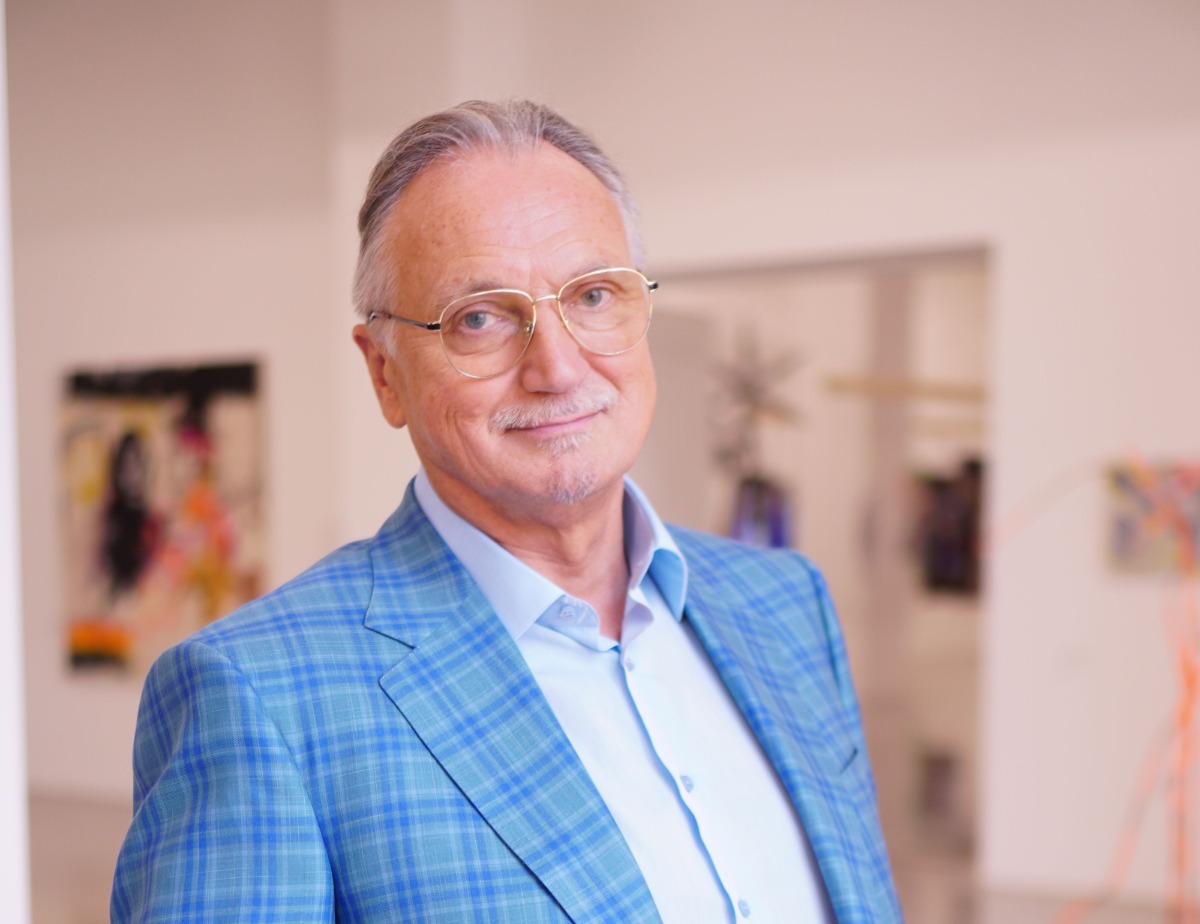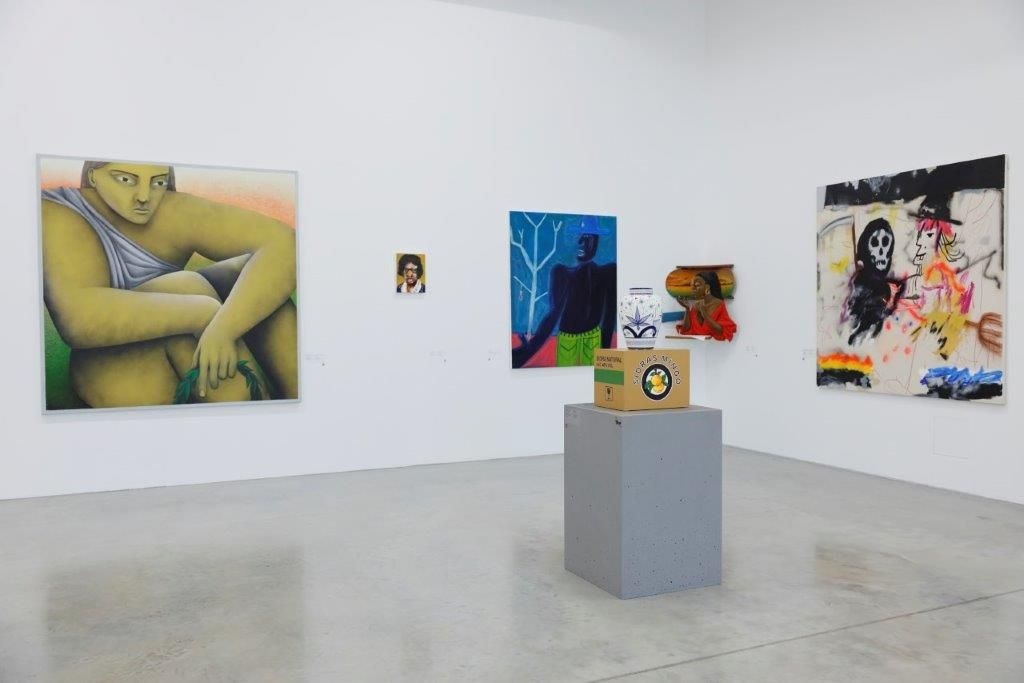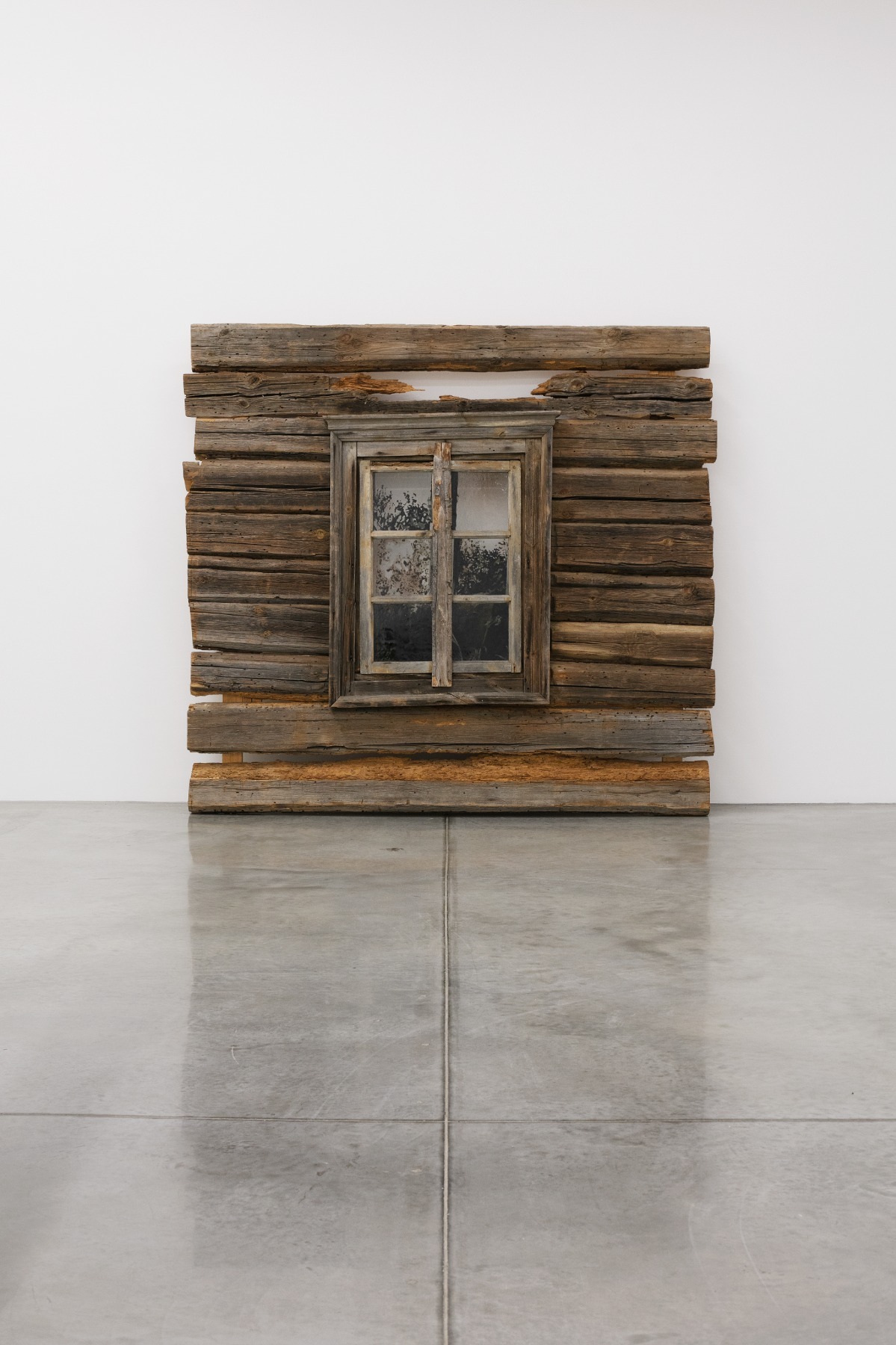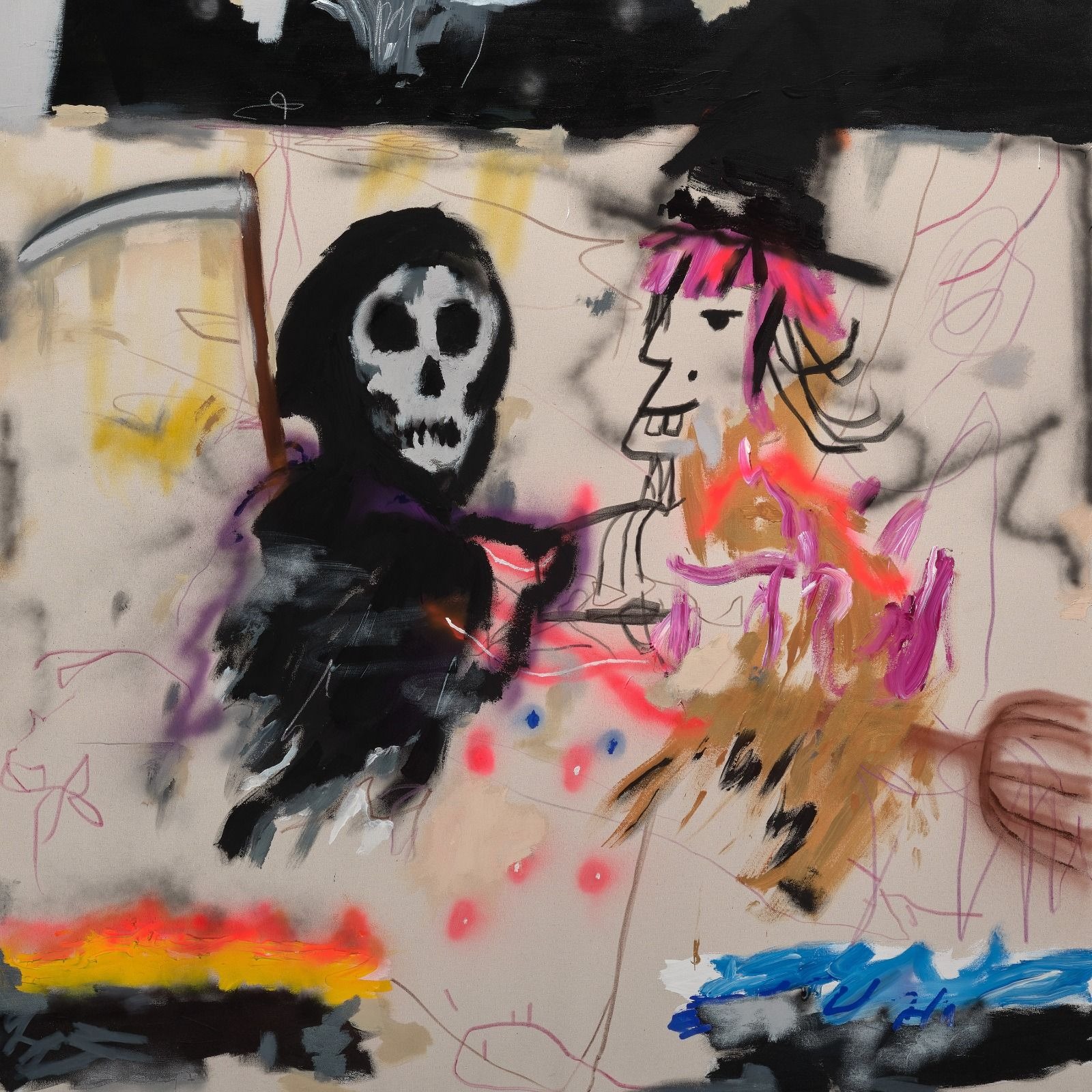
Jānis Zuzāns: Collecting is adventure for everyone
A interview with art collector and philanthropist Jānis Zuzāns
With more than 26,000 works, the Zuzāns Collection is the largest private collection of Latvian art in the world. At its core, it is made up of art from the late 19th century and classical modernism from the first part of the 20th century, as well as works by artists of the 1950s to 1980s. Of course, it also includes works from contemporary artists, those who are established, and those who live outside of the establishment. An ever-growing part of the Zuzāns Collection of international art consists of contemporary paintings from North America and Europe, Russian non-conformist art, and sculpture and decorative art pieces.
Until November 20th, the art center Zuzeum, home of the Zuzāns Collection, is hosting the exhibition Growing Out? Growing Up? Contemporary Art Collecting in the Baltics. The exhibition showcases works from several Baltic art collections, including the Zuzāns collection. It is a project that aims to unite art collectors in Estonia, Latvia and Lithuania and facilitate public and international access to art in private collections and the emerging art infrastructure in the Baltic countries.
Exhibition view / "Growing Out? Growing Up? Contemporary Art Collecting in the Baltics" at the art center Zuzeum. Photo: Ansis Starks
To what extent is the art of all the Baltic states represented in the Zuzāns collection?
The Zuzāns collection is mainly focused on 19th-20th century Latvian art. Of course, Lithuanian and Estonian works are represented in the collection. However, Latvian art is the main focus.
Are there any works from the collections represented in the exhibition that you would love to add to your collection?
I’m fond of the work by the Lithuanian artist Augustas Serapinas. Although I am slightly worried about insects being introduced with this work. The work Sunrise (2017) by Augustas Serapinas, in the collection of the Lewben Art Foundation, is made up of cherry wood boards that have been eaten by death-watch beetles, which were retrieved from an old wooden house.
Separately, I think Edgars Aranovs’s NFT collection is worth noting. We’ve also made several NFT acquisitions, but not to the extent of Edgars’s bright and new collection.
Augustas Serapinas. Sunrise, 2017. Wood. Lewben Art Foundation collection
To what extent are you interested in the overall art collection process in the Baltics?
I’m always happy when newcomers start their collecting process. I’m pleased to meet new collectors who know the artists whose works I’ve collected. Of course, there’s an element of competition, but I’m always happy to give a couple of tips.
Do you keep in contact with other Baltic collectors? Is it important for you to be part of this community?
I think it’s really important to build contacts and tell those around you about collecting. We sometimes meet at different fairs around the world and have a great time discussing art.
In your opinion, what do the Baltic states lack to promote more public and international access to art in private collections?
I can only refer to the art market in Latvia, but I think there is still a lack of knowledge about collecting and the art market as a whole. Many young people (potential collectors) believe that the art market is too elitist and too expensive, which is not the case. The art market in the Baltic states is at an early stage, so almost anyone can join this exciting adventure. It’s also what we observed late last year when we organized our own art market project Zandele. Art lovers were lining up to buy art.
Is it important for you to highlight the Zuzāns collection internationally? What steps have you taken to do this?
Next year we’ll start creating more exhibitions that will examine the collection from different angles. As the collection consists of around 26,000 art pieces, there’s plenty of material to work with! I hope this will help art lovers see artists they know and love from new perspectives. We’ll also continue to work on making Zuzeum known outside of Latvia. This is one of our key tasks for next year.
Robert Nava. Handshake. Acrylic, grease pencil, and pencil on canvas, 183 x 183 cm, 2020
How do you spend time with your art? Do you tend to delve into discussions about it with like-minded people, family members, etc.? Or do you contemplate it alone?
Works from the collection surround me everywhere – at home, work, in the museum. I find it hard to highlight a specific ritual that I perform with them. Many items from the collection I rediscover years later. It’s a very exciting experience!
Undoubtedly art is a subject of great discussion and controversy. But it seems to me that such discussions are lacking in our art circles. We need more controversy and discussions!
Has it ever happened that art helped you in a direct manner, for instance with a change of perspective or with finding a solution to a problem?
Art gives me respite from everyday life and its problems. Over time it evolved so that art became my life, and I began to look for new ways to solve problems in my professional career. By letting art into your life you are destined to become part of it, and I have never regretted it.
Vojtech Kovarik. Apollo with Laurel Wreath. Acrylic on canvas, 199,5 x 199,5 cm, 2020
Have the geopolitical events of the moment changed the course of your collection in any way?
The collection is so vast that you cannot change its course at all. It’s clear that we’re now paying closer attention to new and upcoming Ukrainian and Russian artists. We’ve made a number of new acquisitions.
This is a very emotionally charged time. What emotions do you “collect” and avoid in your collection?
We don’t have any pronounced taboo themes when curating the collection. We plan to continue supporting artists from Ukraine, as there are many interesting authors out there.
In your opinion, how much influence do collectors have on the world of contemporary art and the processes that make it?
The collector is one of the most important figures in the art world. Of course without the artist creating the artwork we would not have anything to discuss. But ultimately, the whole process of getting the work from the artist’s workshop into an exhibition is very important. And that’s where anyone can purchase it. At this point it seems that the mission is complete. But with the purchase comes great responsibility for the collector. It is not just an addition to their wall behind the sofa. It is necessary not only to keep the artwork intact but also to pass it on to the public in an appropriate context. Art is a powerful weapon and it can also serve as a kind of propaganda.

The exhibition asks the question, “What is the future of collecting?” How do you see it?
I see that the world is changing very quickly and going in the direction of digitization, which is kind of alarming to me. I stand by traditional values in this regard and I hope that the charm of interacting with artwork live will also be available to future generations of art lovers.
At the end of this conversation I’d like to take the opportunity to give thanks to the former director and concept designer of our Art Centre – Agnese Kleina. Agnese made major contributions to the creation and development of Zuzeum, including helping to determine our vision, strategy, and goals. On behalf of myself and Zuzeum, I would like to thank you, Agnese, for your hard work and wish you good success in your creative path ahead.